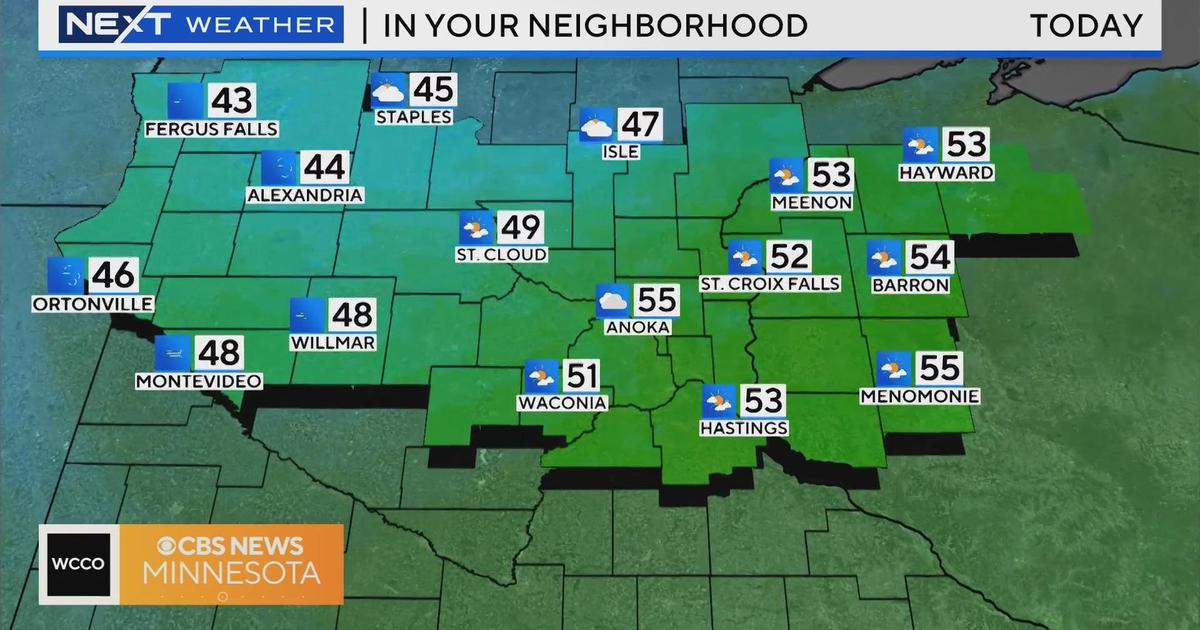Weather In Space Leaves Minnesota Communications, Utilities At High Risk
MINNEAPOLIS (WCCO) -- As hurricane Irma delivered a glancing, but devastating, blow to Puerto Rico on September 7, 2017, a major solar flare did the same to earth.
"That completely blacked out amateur radio communications to the entire Northern Hemisphere. So, for about four hours -- basically until the sun went down -- no one could get a hold of Puerto Rico," geophysicist Dr. Tamitha Skov said.
It was horrible timing for a problem that, space weather expert Dr. Skov said, affects radio and satellite communication worldwide quite often. But, here in Minnesota, the risks from a major solar flare go beyond missed messages.
"It's the sun spots that give us the activity," Eric Waage, director of emergency management for Hennepin county, said.
Waage is also a local space weather expert, and he told WCCO the geography of our region actually makes us more at risk when the sun hurls a stream of energy at earth.
"We have these rocks called the Canadian Shield and they come down and they're very hard, very old, very crystalline; and they behave differently when subjected to solar storm energy," Waage said.
Those rocks -- at 4.28 billion years old, among the oldest on Earth -- focus and conduct current in the ground during solar storms.
"So, it makes our area among the most vulnerable to a solar storm in the United States," Waage said.
Understanding how earth reacts to a solar storm is one step closer to being able to better forecast them. To that end, new sensors in Hennepin County -- the only in the north-central United States -- measure the current induced in the ground due to solar flares.
"This helps us, in our region, understand the behavior of solar storms and energy once it reaches. Using that, we can better inform utilities which transformers and which particular power lines might be more at risk," Waage said.
Michael Lamb manages Xcel Energy's piece of the national electric grid, which is the system of wires, insulators, transformers and poles that move energy.
"We manage risks as a daily part of our business," Lamb said. "When there's heightened solar activity, all that it does for us is it heightens our focus on a specific geographic location."
Lamb added, "It's not different than if something were to occur due to an equipment failure. We still have the protection schemes in place to isolate the problem."
Lamb says that, because of it's interconnected nature, the power grid is designed with multiple paths to get power to you.
The bottom line?
"I'm much more concerned about things like tornadoes and thunderstorms," Lamb said.
Solar storm activity follows an 11-year cycle, and right now, we're just coming out of the quietest part of that cycle. This means in the next four to five years, we'll experience solar storms, and all of their effects, more frequently.



